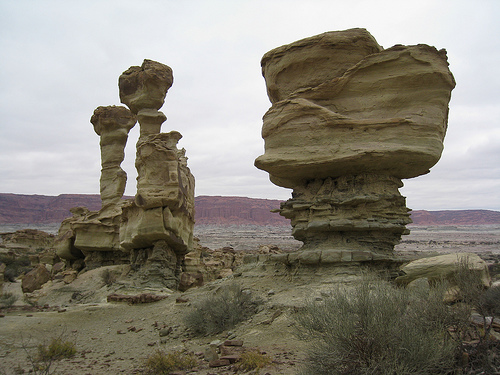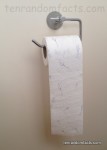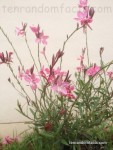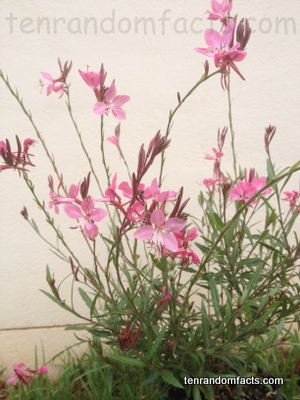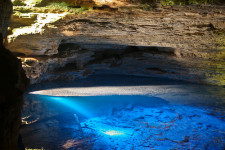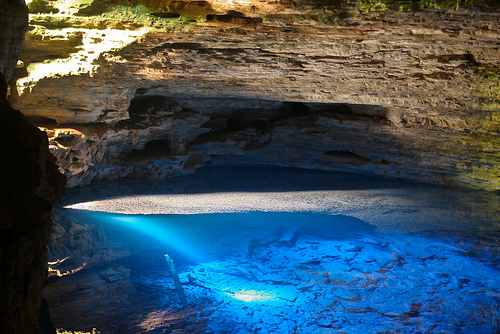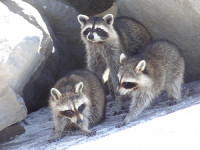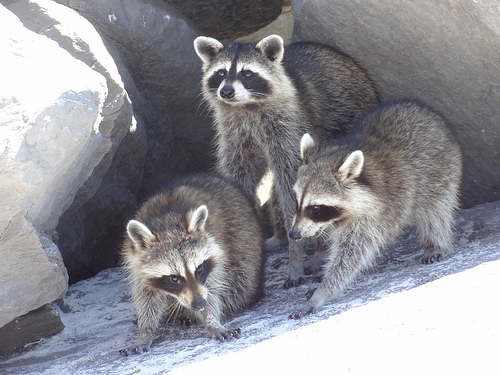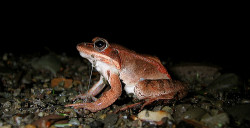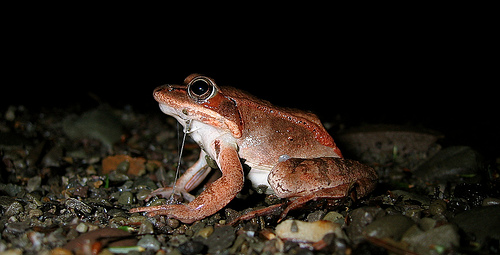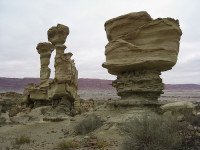
Maybe you will see a fossil at Ischigualasto Provincial Park.
- Ischigualasto Provincial Park is an area containing interesting geological features, located in Argentina’s north west, in South America.
- ‘Ischigualasto Provincial Park’ is also known as ‘Parque Provincial Ischigualasto’, and ‘Valle de la Luna’, or when translated from Spanish, ‘Valley of the Moon’.
- An area of 604 square kilometres (233 square miles) is covered by Ischigualasto Provincial Park, and the area is said to resemble a moonscape.
- The UNESCO World Heritage Convention declared Ischigualasto Provincial Park as a World Heritage Site in 2000, along with the adjoining Talampaya National Park.
- Ischigualasto Provincial Park is located in primarily a desert habitat, with hot and dry conditions and continual wind.
Ischigualasto Provincial Park
Image courtesy of AHLN/Flickr
- Ischigualasto Provincial Park is the home to only a little vegetation, that includes trees, shrubs and cacti.
- Notably, Ischigualasto Provincial Park consists of numerous fossils, ranging from vegetation, fish, mammals and dinosaurs, and it is one of the most significant fossil areas in the world.
- Ischigualasto Provincial Park has multiple rock formations that have been formed by wind erosion; and cliffs also exist in the park.
- Ischigualasto Provincial Park is a protected area, and it was given provincial park status in 1971.
- Ischigualasto Provincial Park was originally the home of indigenous Americans until the Spanish intruded, and the park hosts significant ancient rock art and archaeological sites.
Bibliography:
Ischigualasto Provincial Park, 2014, Wikipedia, http://en.wikipedia.org/wiki/Ischigualasto_Provincial_Park
Ischigualasto / Talampaya Natural Parks, 2015, UNESCO World Heritage Convention, http://whc.unesco.org/en/list/966





